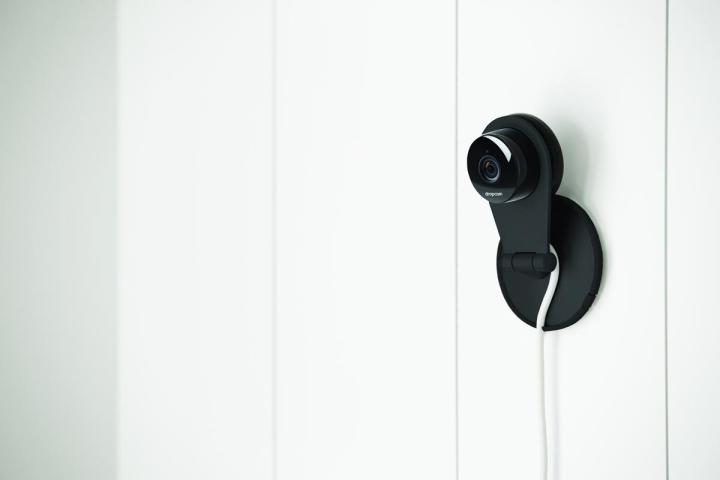
Announced on the official Dropcam blog earlier today, the video camera developer has introduced a new product that works with existing Dropcam hardware as well as an interesting software update for the Dropcam platform. If you are unfamiliar with Dropcam, the company sells Wi-Fi enabled, digital video cameras that can be used to monitor your home while away at work or on vacation. Other features of the cameras include two-way talk for speaking to family members or pets, zooming within the video feed up to 8x, high definition video resolution and a night vision view for monitoring in the dark.
In addition, Dropcam offers an optional cloud recording service that saves between 7 to 30 days of video depending on the service plan. The 7-day plan is offered at $99 per year and the 30-day service is priced at $299 per year. This particular feature has been improved with the introduction of the previously mentioned software update, human detection.
This update allows the camera’s software to tell the difference between humans and pets, thus improving the quality of notifications sent to the owner’s smartphone. Highly useful for increased security, a Dropcam user would immediately receive a notification when a human triggered the camera, thus the user could alert the authorities if that person was breaking into the home.

On the hardware side, the company has introduced a wireless sensor product called Dropcam Tabs. When installed on a door or window, a Tab sensor will trigger a smartphone notification if the door or window is opened. Fairly common within whole home security systems from companies like ADT, this solution from Dropcam would likely be less expensive and allow the user to purchase sensors on a case by case basis rather than as a whole-home package. Powered by two watch batteries, the sensors utilize low energy Bluetooth to communicate with the Dropcam Pro camera and can be placed outdoors as the sensors are weather resistant.
The Tabs need to be within 100 feet of a Dropcam camera in order to trigger a notification, however multiple cameras can be networked together within the home to provide additional range. Interestingly, when a Tab sensor is triggered and is in direct view of the camera, the notification will push the Dropcam user to the live feed being recorded by that specific camera. It’s also likely that that event will be marked within the recorded video, thus providing easy access if the Dropcam user needs to view that section of video at a later time.

Another summer 2014 addition in the pipeline for Dropcam users is the addition of activity regions within the home. Users will be able to identify specific segments of the camera’s view and trigger notifications if a type of movement is detected within that region. Regarding price, the Dropcam Tabs are priced at $29 each and the Dropcam cameras are priced between $149 and $199, depending on the quality. The Tabs will be available in both black and white colors. In addition, the Tabs require the Dropcam Pro camera ($199) to communicate with the user. Dropcam is targeting summer 2014 for the release of the Tabs. Click here for more info.


